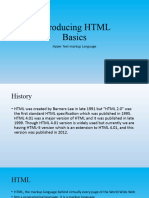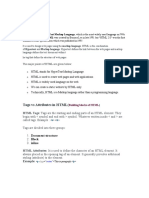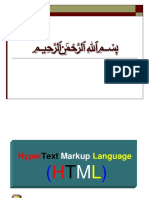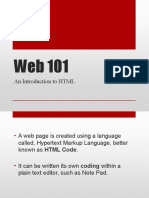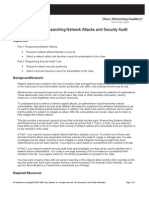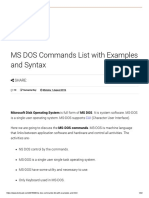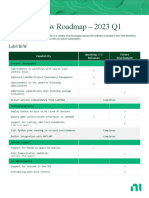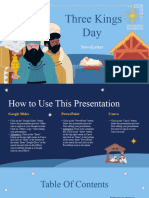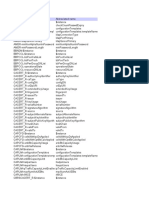0% found this document useful (0 votes)
10 views34 pages2 - HTML1
The document provides an introduction to HTML, explaining its purpose as the foundational language for creating web pages. It covers HTML structure, tags, attributes, and various elements such as headings, paragraphs, and formatting options. Additionally, it discusses the use of integrated development environments (IDEs) for coding and highlights essential HTML properties and syntax.
Uploaded by
Abdelrahman TamerCopyright
© © All Rights Reserved
We take content rights seriously. If you suspect this is your content, claim it here.
Available Formats
Download as PDF, TXT or read online on Scribd
0% found this document useful (0 votes)
10 views34 pages2 - HTML1
The document provides an introduction to HTML, explaining its purpose as the foundational language for creating web pages. It covers HTML structure, tags, attributes, and various elements such as headings, paragraphs, and formatting options. Additionally, it discusses the use of integrated development environments (IDEs) for coding and highlights essential HTML properties and syntax.
Uploaded by
Abdelrahman TamerCopyright
© © All Rights Reserved
We take content rights seriously. If you suspect this is your content, claim it here.
Available Formats
Download as PDF, TXT or read online on Scribd
/ 34















